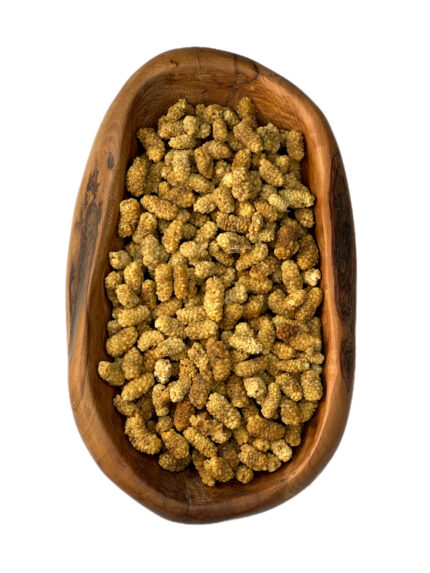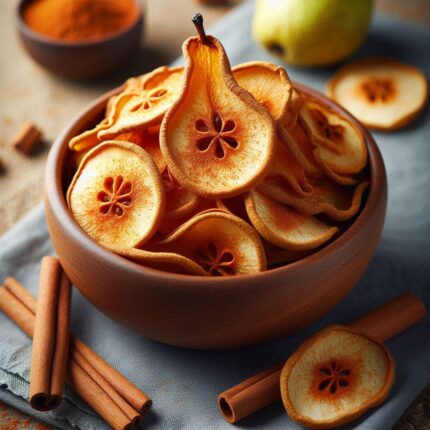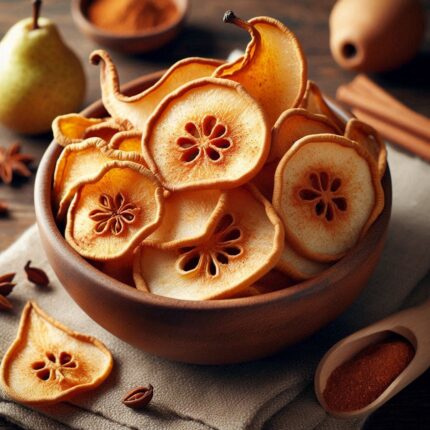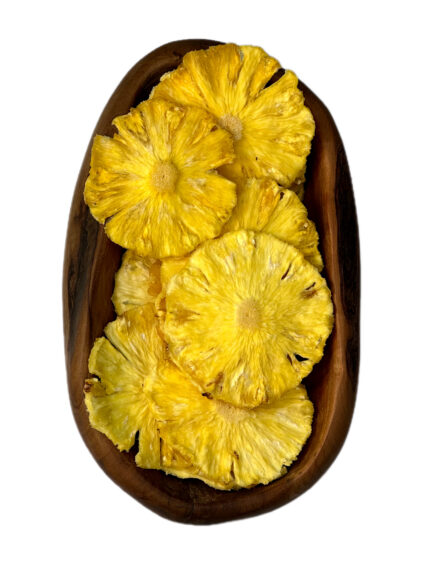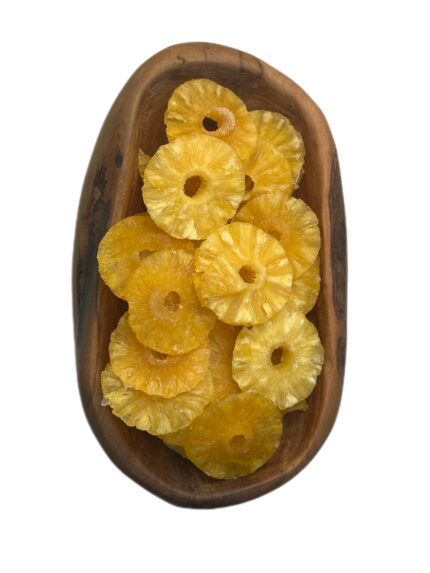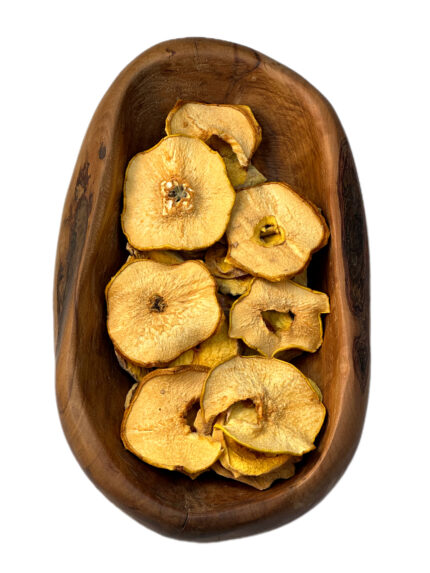Nutritional Values (for Dried Coconut):
| Nutrients | Dried coconut (approximately 100 grams) | Dried coconut (approximately 60 grams) | Dried coconut (approximately 40 grams) |
| Calories | 660 | 396 | 264 |
| Total Fat | 64.5 g | 38.7g | 25.8g |
| Saturated Fat | 22.9g | 34.3g | 57.2g |
| Cholesterol | 0mg | 0mg | 0mg |
| Sodium | 15 milligrams | 22 milligrams | 37 milligrams |
| Total Carbohydrates | 9.5g | 14.2g | 23.7g |
| Dietary Fiber | 6.5g | 9.8g | 16.3g |
| Sugar | 2.9g | 4.4g | 7.4 g |
| Protein | 2.8g | 4.1 g | 6.9 g |
| Vitamin C | 0.6 mg | 0.9 mg | 1.5 mg |
| Potassium | 217 mg | 326 mg | 543 mg |
Dried Coconut: Applications and Uses in Various Industries
Dried coconut is one of the popular raw materials in cooking, food industries, cosmetics and personal care, pharmaceuticals, and even handicrafts. This product, with its rich flavor and unique texture, offers great flexibility for various applications. In the following, we will explore the detailed uses of dried coconut across different industries.
Applications of Dried Coconut as a Raw Material in Various Industries:
1. Food Industry
- Coconut flour:Dried coconut is the primary raw material for extracting coconut oil, which is used in cooking, baking, and as a health supplement.
- Desiccated coconut: Finely shredded or grated dried coconut used in confectionery, baking, and desserts.
- Coconut flour: By grinding dried coconut meat into a fine powder, it is used as a gluten-free alternative in baking.
- Snack ingredients: Roasted or sweetened dried coconut is used as a popular snack.
2. Cosmetics and Personal Care
- Skincare products: Coconut oil extracted from dried coconut is used in lotions, creams, and soaps due to its moisturizing properties.
- Hair care products: This oil is used as a key ingredient in shampoos, conditioners, and hair oils.
3. Industrial Applications
- Biofuels: Oil extracted from dried coconut can be used to produce biodiesel.
- Soap production: Coconut oil from dried coconut is used as a primary ingredient in soap production due to its high saponification value.
- Activated carbon: Coconut shells, a byproduct of dried coconut processing, can be converted into activated carbon, which is used in filtration.
4. Agriculture
- Animal feed: The residue left after oil extraction, known as “coconut cake” or “copra,” is used as a nutritious feed for livestock.
- Organic fertilizer: Coconut husk and copra residue are used as organic fertilizer or compost.
5. Pharmaceuticals and Health Products
- Dietary supplements: Coconut oil is used in capsules or as a standalone supplement due to its health benefits.
- Medicinal oils: Some medicinal oils use coconut oil as a base for their formulations.
6. Handicrafts and Artistic Industries
- Coconut shell products: Although the coconut shell is not dried coconut itself, it can be turned into decorative items, bowls, and handicrafts..
- Coconut fiber products: Coconut husk can be converted into coconut fiber (coir), which is used in ropes, mats, and brushes.
Processing Techniques
Before use, dried coconut may undergo further processing, including:
- Crushing and grinding: To produce coconut flour or finely shredded coconut.
- Grating: For use in desserts and stews.
- Oil extraction: To produce coconut oil, which is used in the food and cosmetic industries.
- Rehydration: For use in cooking or baking.

